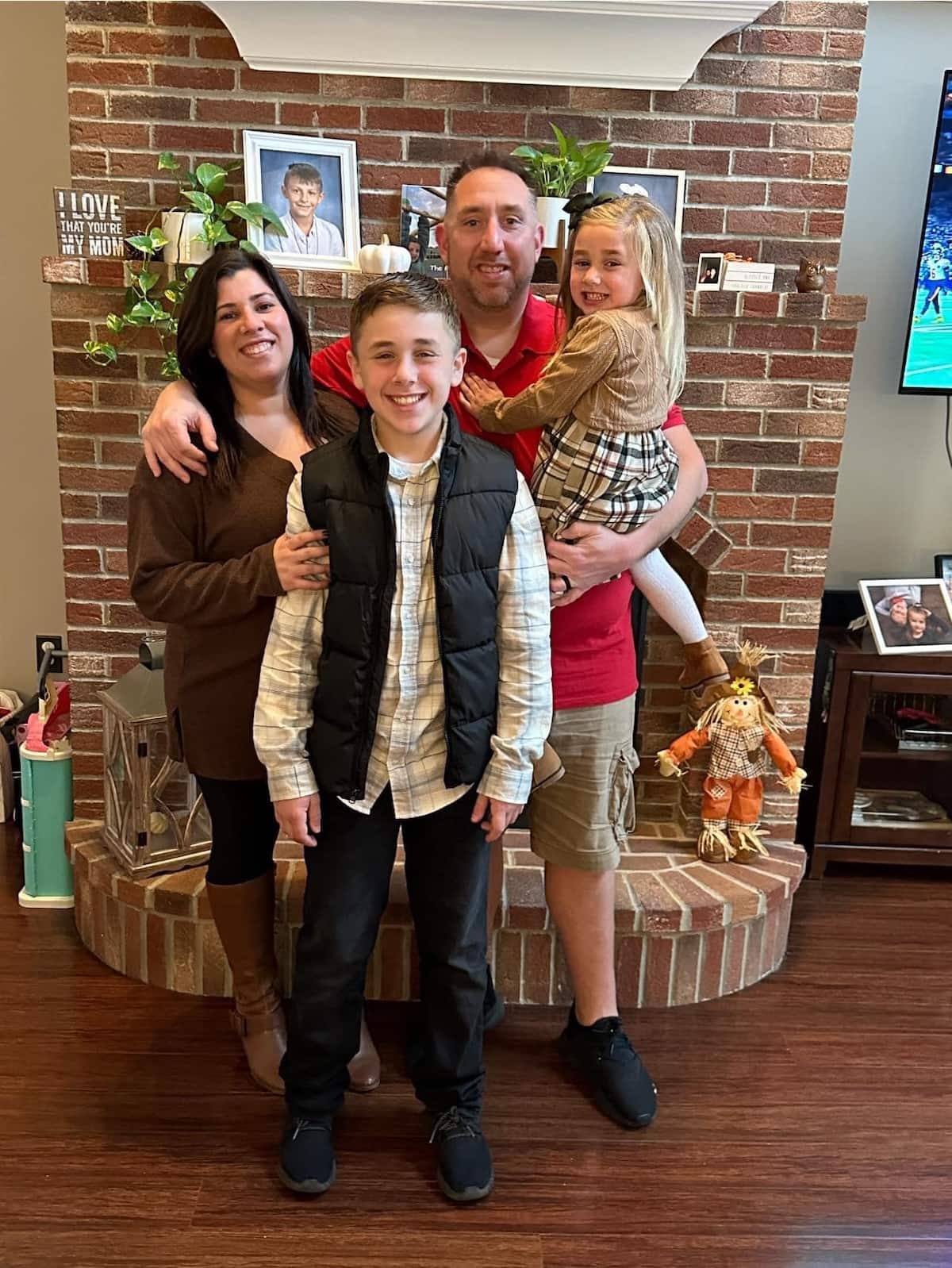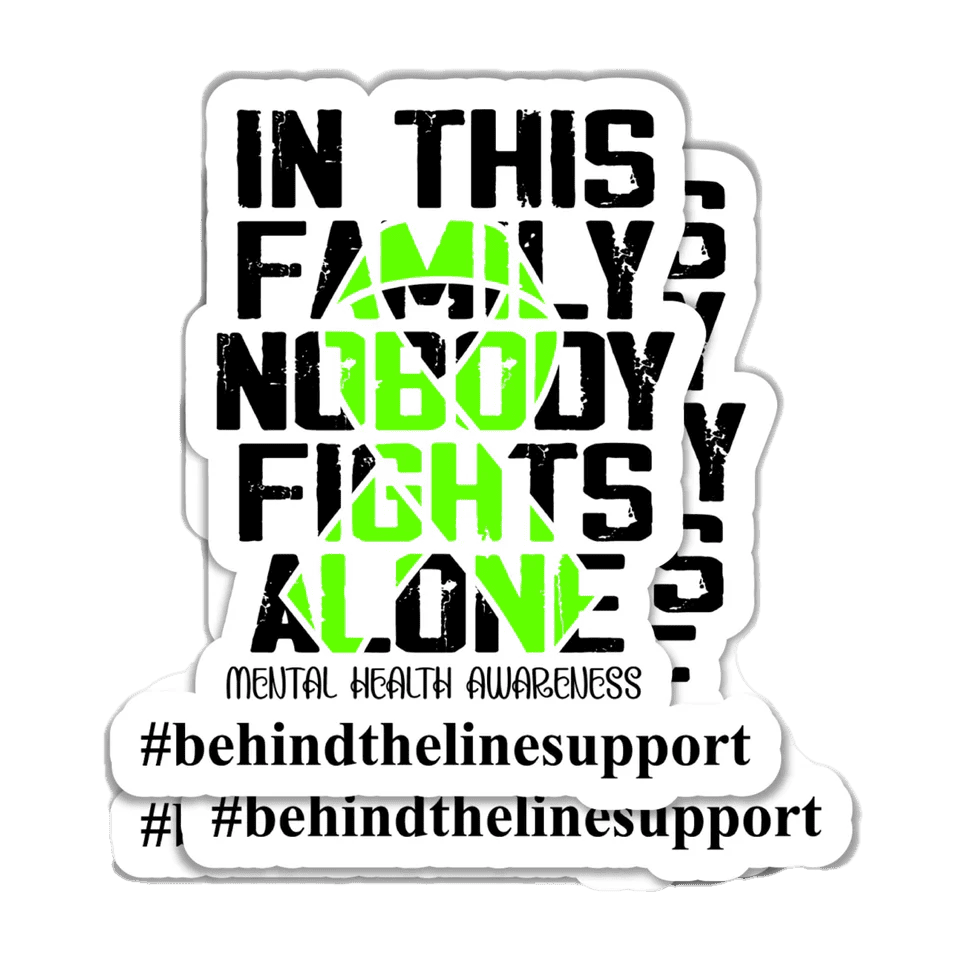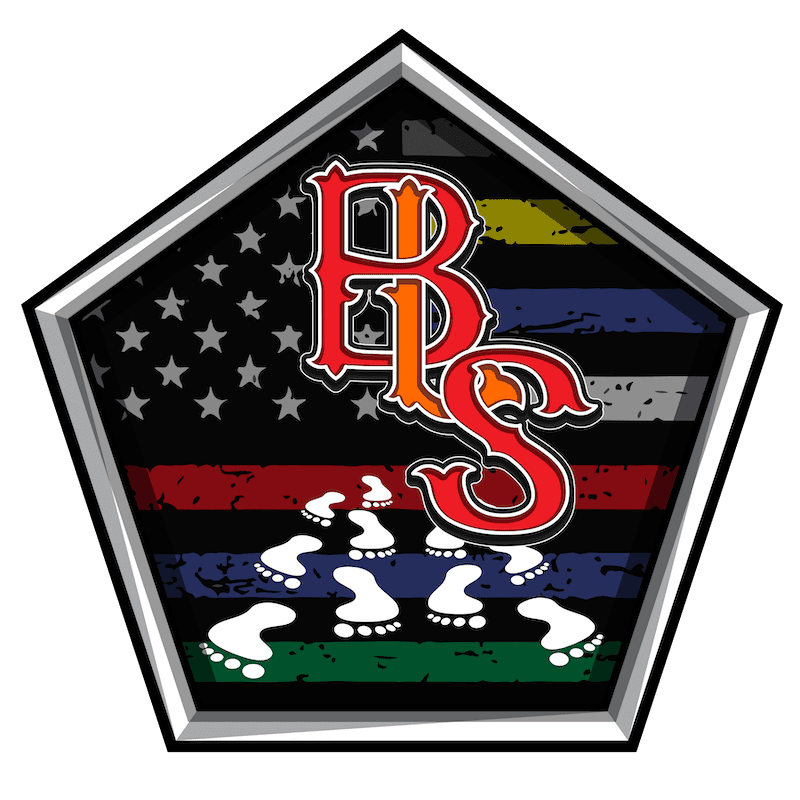What is Behind the Line Support?
Behind the Line Support was founded in 2025 after the founder was diagnosed with severe C-PTSD after working 24 years of continuous service as a first responder. After searching for resources and realizing they were very limited, it became apparent there needed to be a change, a community needed to be born. Behind the Line Support was created to help bring a positive awareness to first responder mental health with an effort to end the stigma of seeking help and making sure first responders know that its ok not to be ok.
We also realize the challenge our first responder spouses have, including the limited resources, to gain support while their loved one battles a mental health issue. This was witnessed first hand by the founder, while watching his wife struggle as his wellness battle was beginning. Our issues become their issues and we need to ensure that they do not have to be alone during the journey. Supporting the heroes of our household comes hand-in-hand with ensuring our first responders can live a normal life outside the job.
The Founder
Justin Dubois, founder of Behind the Line Support, has 24 years of continuous service as a first responder. Starting with the fire service in 2001 at the age of 16, he has worked his way up from being a Junior Firefighter to a Career Captain in a smaller combination department.
While serving as an on-call member of the fire department, Justin worked almost 10 years as a Correctional Officer where he worked with adult male and female offenders, then spent some time working with juveniles.
Justin also has 11 years of emergency medical service experience, where he worked a brief time on an ALS interfacility ambulance, one year providing critical care transport, and the other years staffing a municipal 911 ALS ambulance.
Justin still continues to serve as a Firefighter/EMT in Southeastern Massachusetts.


The Why?
After being diagnosed with C-PTSD, the journey of healing and facing the demons that have lingered for years was one that proved resources are scarce. Not only was it important to speak about his own issues, but Justin has lost 5 friends to suicide. All of them had previously worked or were working as first responders. Behind the Line Support wants to bring first responder mental health to the forefront, allowing our first responders to know that seeking help is a positive and not a negative.
Together we can end first responder suicide.

The Behind the Line Support Logo
Our initials have been designed to reference what many in the fire service deem as a scramble. The scramble takes the initials of the department and historically brings them together in a unique way.
Our font color pattern is also unique as the red is normally used to indicate emphasis or urgency, allowing us to recognize that first responder mental health is of the utmost importance. The color orange was selected for the L because people can often associate it with optimism, confidence, warmth, and agreeableness. Traits that we believe first responder mental health should be associated with.
The footsteps show the first responder taking the step back on this side of the line which can be slated as normal life. Understanding the two sides and how to properly go about life when not dealing with the traumatic experiences can be the most difficult steps to take. There are two sets of footprints because no one has to do this alone.
The thin line American flag has become a symbol for supporting our first responders, serving as a sign of honor and recognition. For us, the line also highlights their service and the line we speak of when describing where a first responder steps over to enter the sometimes-unforgiving world in which they have to see. Each colored line on the flag represents a specific service; Yellow – Security, Green – Military, Grey – Corrections, Blue – Police, Gold – Dispatchers, Red – Fire, White – EMS. The flag being distressed is a symbol of battle, worn and beat up, but still standing. Much like the first responders in our world.
The pentagon shape was chosen due to its definitions in psychology, being used as a tool for grasping cognitive process (the mental activities and functioning of the brain that involves thinking, reasoning, problem solving, and decision making).
The principle of closure, the notion that the brain frequently interprets ambiguous shapes as whole objects, is symbolized by the pentagon. In some therapy exercises, the pentagon assists people with exploring their thoughts and feelings as well as understanding their feelings of oneness and completion by discovering and replacing the missing piece.
